In the ever-evolving landscape of e-commerce, the "try before you buy" model has emerged as a powerful strategy to bridge the gap between digital shopping carts and tangible customer satisfaction. This approach, which allows consumers to test products in their own homes before committing to a purchase, has been hailed as a revolutionary step in reducing purchase anxiety and boosting consumer confidence. However, beneath the surface of this customer-centric promise lies a complex web of logistical challenges and economic implications, primarily driven by one critical metric: the return rate.
The allure of "try before you buy" is undeniable. For shoppers, it eliminates the risk of buying items that don’t fit, don’t work, or simply don’t meet expectations. For retailers, it offers a competitive edge in a crowded market, potentially increasing conversion rates and fostering brand loyalty. Yet, this model operates on a delicate balance. While it can drive sales, it also inherently encourages a higher volume of returns, each carrying its own cost—both financial and environmental.
From a logistics economics perspective, every return initiates a reverse supply chain process that is often more complex and costly than the outbound journey. When a customer decides to send back an item, the product must be retrieved, transported, processed, and either restocked, resold as open-box, recycled, or discarded. Each step incurs expenses: transportation fees, handling costs, inventory management, and potential loss of product value. For retailers, especially those operating on thin margins, these costs can quickly erode the profits gained from initial sales.
Data from industry analyses reveals that return rates for "try before you buy" programs can be staggering, often exceeding 30%, compared to single-digit percentages for traditional e-commerce transactions. In categories like apparel and footwear, where fit and feel are paramount, return rates can soar even higher. This isn’t merely a matter of extra shipping labels; it represents a fundamental economic challenge. The logistics infrastructure required to support such high return volumes demands significant investment in warehousing, technology, and labor. Companies must develop sophisticated systems to track, evaluate, and redirect returned goods efficiently, turning what was once a straightforward sale into a multi-step, resource-intensive operation.
Moreover, the environmental impact of this model cannot be overlooked. The carbon footprint associated with multiple shipments per customer—sending out several items with the expectation that only one will be kept—adds up quickly. Increased transportation leads to higher emissions, packaging waste multiplies, and products that cannot be resold often end up in landfills. While some companies are investing in sustainable practices, such as eco-friendly packaging or partnerships with recycling firms, the core issue remains: the "try before you buy" model, in its current form, is inherently wasteful from a logistical standpoint.
Consumer behavior plays a pivotal role in this dynamic. The convenience and risk-free nature of these programs can lead to over-ordering, where customers request multiple sizes or variations of a product with little intention of keeping them all. This behavior, sometimes termed "wardrobing" or "bracketing," exacerbates return rates and strains logistical operations. While it boosts short-term sales metrics, it creates long-term economic pressures that may not be sustainable for many businesses.
However, it’s not all bleak. Forward-thinking companies are leveraging data analytics to mitigate these challenges. By analyzing return patterns, retailers can identify which products are frequently returned and why—whether due to size inaccuracies, quality issues, or misleading product descriptions. This data allows them to make informed decisions about inventory, product design, and even marketing strategies. For instance, a clothing brand might adjust its sizing charts based on return data, reducing fit-related returns and improving customer satisfaction simultaneously.
Technology also offers promising solutions. Advanced algorithms can predict the likelihood of returns based on customer behavior, enabling retailers to tailor their offerings or implement gentle deterrents for habitual returners. Virtual try-on tools and augmented reality experiences are reducing the need for physical trials by allowing customers to visualize products digitally. These innovations not only cut down on returns but also enhance the shopping experience, creating a win-win scenario for both businesses and consumers.
From an economic standpoint, some retailers are reevaluating their pricing strategies to account for the hidden costs of returns. While "free returns" are a powerful marketing tool, they are rarely free for the company. Some are experimenting with restocking fees, return shipping charges, or subscription models that bundle the cost of returns into a flat fee. These approaches aim to balance customer convenience with economic viability, encouraging more mindful purchasing while still offering flexibility.
In conclusion, the "try before you buy" model represents a double-edged sword in the world of e-commerce. It empowers consumers and drives sales but comes with significant logistical and economic burdens, primarily through high return rates. The true cost extends beyond financial metrics to include environmental impact and operational complexity. Yet, with strategic use of data, technology, and innovative business models, retailers can navigate these challenges. The future of this approach will likely hinge on finding a sustainable equilibrium—where customer satisfaction doesn’t come at the expense of economic and ecological responsibility.
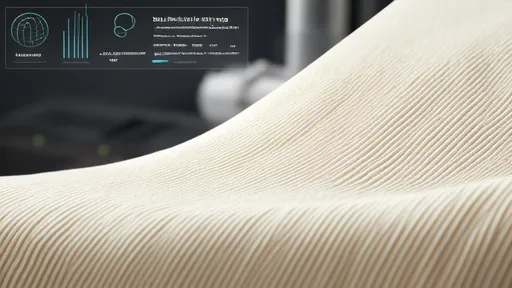
By /Aug 21, 2025
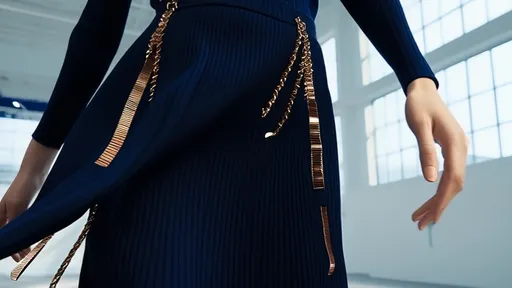
By /Aug 21, 2025

By /Aug 21, 2025

By /Aug 21, 2025

By /Aug 21, 2025

By /Aug 21, 2025

By /Aug 21, 2025

By /Aug 21, 2025

By /Aug 21, 2025

By /Aug 21, 2025

By /Aug 21, 2025

By /Aug 21, 2025

By /Aug 21, 2025
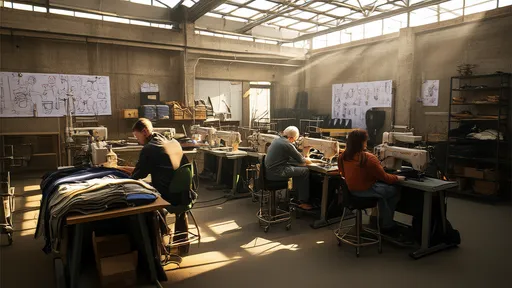
By /Aug 21, 2025
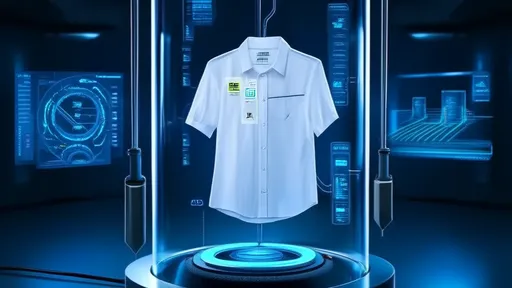
By /Aug 21, 2025

By /Aug 21, 2025

By /Aug 21, 2025

By /Aug 21, 2025
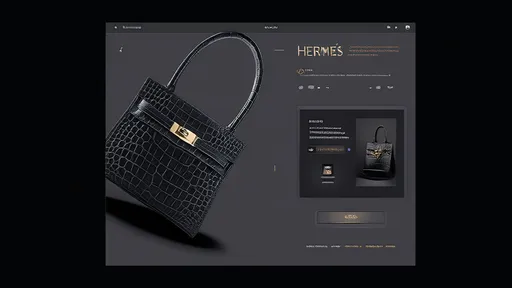
By /Aug 21, 2025
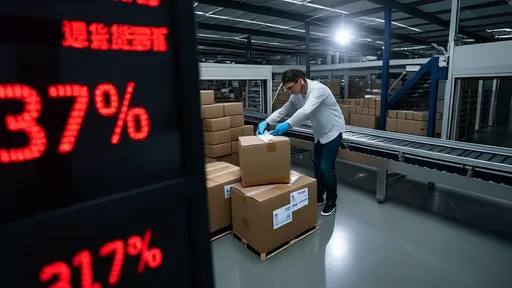
By /Aug 21, 2025